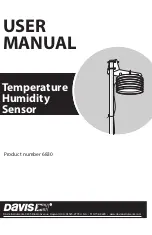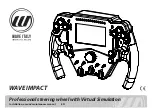
1.3.1 Standard CAN Controller (SCC) Mode
eCAN Controller Overview
www.ti.com
When a message must be transmitted, the message controller transfers the message into the transmit
buffer of the CPK in order to start the message transmission at the next bus-idle state. When more than
one message must be transmitted, the message with the highest priority that is ready to be transmitted is
transferred into the CPK by the message controller. If two mailboxes have the same priority, then the
mailbox with the higher number is transmitted first.
The timer management unit comprises a time-stamp counter and apposes a time stamp to all messages
received or transmitted. It generates an interrupt when a message has not been received or transmitted
during an allowed period of time (time-out). The time-stamping feature is available in eCAN mode only.
To initiate a data transfer, the transmission request bit (TRS.n) has to be set in the corresponding control
register. The entire transmission procedure and possible error handling are then performed without any
CPU involvement. If a mailbox has been configured to receive messages, the CPU easily reads its data
registers using CPU read instructions. The mailbox may be configured to interrupt the CPU after every
successful message transmission or reception.
The SCC Mode is a reduced functionality mode of the eCAN. Only 16 mailboxes (0 through 15) are
available in this mode. The time stamping feature is not available and the number of acceptance masks
available is reduced. This mode is selected by default. The SCC mode or the full featured eCAN mode is
selected using the SCB bit (CANMC.13).
14
Architecture
SPRU074F – May 2002 – Revised January 2009















































